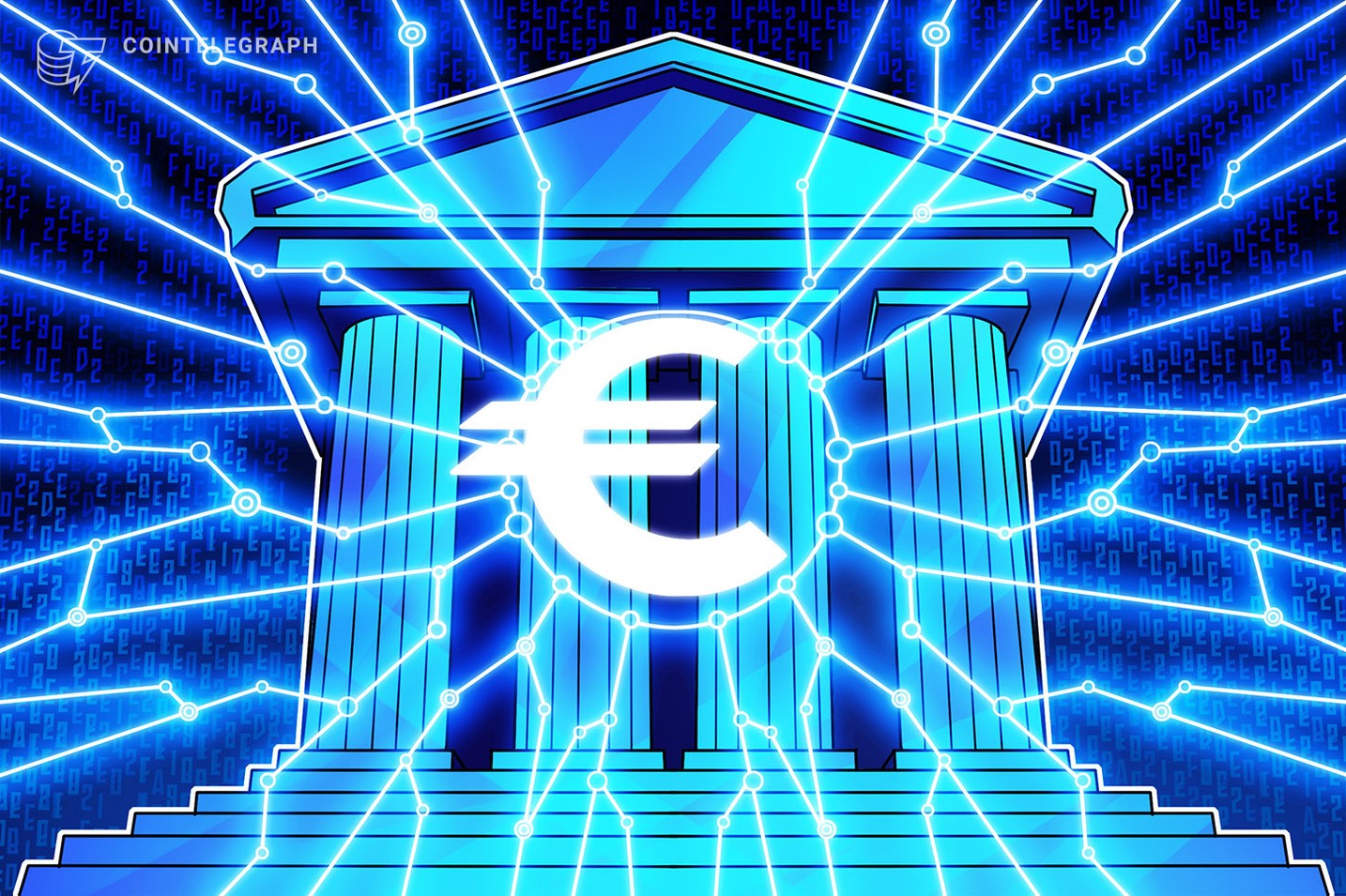Update (July 29, 4:00 pm UTC): This article has been updated following communication from the ECB. A previous update added context on stablecoin oversight.
An adviser to the European Central Bank (ECB) has called for global coordination in regulating stablecoins to prevent the US dollar dominance.
In a blog post published Monday on the ECB’s website, adviser Jürgen Schaaf outlined a range of strategic options for the European Union to address the rapid rise of dollar-based stablecoins.
Among those options were regulated euro-pegged stablecoins, distributed ledger technology (DLT) applications and the ongoing development of the digital euro.
He also highlighted the implications of stablecoin regulation disparities between the US GENIUS Act and the EU’s Markets in Crypto-Assets (MiCA) regulation, arguing that regulatory gaps could be beneficial to US dollar-pegged stablecoins.
Euro-based stablecoins as the first lever
“First, more support could be provided for properly regulated euro-denominated stablecoins,” Schaaf wrote, suggesting that stablecoins would be the EU’s primary response to the US stablecoin push.
“While the neutrality of public institutions is often preferred, a strategic blind spot in this space could prove costly,” Schaaf said, adding:
“Euro-based stablecoins, if designed to high standards and effective risk mitigation, could serve legitimate market needs. They could also reinforce the international role of the euro.”
Some studies previously highlighted the slow adoption rate of Europe-based stablecoins.
In May, Bank of Italy Governor Fabio Panetta, a former ECB official, said the circulation of euro-pegged stablecoins remained limited despite frameworks like MiCA attempting to promote their use.
Related: Euro stablecoin by DWS and Deutsche Bank gets regulatory approval
Panetta also argued that the digital euro would be key to addressing the issue of the slow adoption of euro stablecoins.
ECB looks beyond digital euro
Schaaf, however, framed the digital euro as just one part of a larger digital payments strategy. He said a public central bank digital currency (CBDC), along with private innovation and DLT applications, can act as complementary pillars in safeguarding European monetary sovereignty.
“In point-of-interaction payments, the digital euro promises to be a robust line of defence of European monetary sovereignty,” he said.
Related: Shanghai officials warm to stablecoins despite China crypto ban: Report
While not expanding on the digital euro, Schaaf focused on the use of distributed ledger technology (DLT) as another option, saying that the technology offers improvements for domestic wholesale payments and cross-border payments.
In early July, the ECB approved two DLT pilot projects — Pontes and Appia — aimed at strengthening Europe’s wholesale and cross-border payment infrastructure.
Regulatory gaps empower the dollar
In his assessment of how the EU might respond to the growing US stablecoin presence, ECB adviser Schaaf underscored the importance of unified global standards to avoid market fragmentation and regulatory loopholes.
“Stronger global coordination on stablecoin regulation is pivotal,” the ECB adviser wrote, adding:
‘Without consistent rules, the current fragmentation may persist. If we forgo a common approach, we risk fuelling instability, regulatory arbitrage and global US dollar dominance.”
Schaaf said that the US Genius Act — a stablecoin bill signed into law on July 18 — is “broadly in line” with the EU’s MiCA framework, but more lenient in some areas.
When approached by Cointelegraph, Schaaf declined to specify which aspects of the US stablecoin regulation he considered less strict or how these regulatory differences might be resolved.
EU to decide on the digital euro in 2025
The latest remarks by Schaaf bring fresh evidence that Europe is considering a multi-pronged approach to respond to the US stablecoin leadership rather than focusing on just one initiative, such as the digital euro.
Europe became concerned about US leadership in digital financial technology soon after US President Donald Trump signed an executive order pledging to strengthen the US dollar’s sovereignty by promoting stablecoins in January.
ECB officials have repeatedly approached the issue since, with board member Piero Cipollone arguing that the digital euro could help the EU preserve the eurozone’s monetary sovereignty.
After moving the digital euro to the “preparation phase” in November 2023, ECB officials have yet to decide on whether to move forward with its launch. According to the ECB, the ECB Governing Council will decide whether to move on to the next phase of preparations by the end of 2025.
Magazine: Hong Kong hoses down stablecoin frenzy, Pokémon on Solana: Asia Express
